A terrestrial Greek hero that came from the sea
Aegina is one of the Saronic Islands of Greece 27 kilometres off the coast of Athens. Tradition states that its name derives from Aegina, the mother of Aeacus, a Greek hero who was born on the island and became its king. During ancient times Aegina was a rival of Athens, another great sea power of the Classical Period.
The earliest coins of Aegina (which was the first Greek state to adopt coinage, all coins prior having been minted in Asia Minor and the Ionian Islands) were struck around 600 BC and depicted the distinctive sea turtle, usually with a dotted or smooth shell. During the middle of the 5th Century BC, the turtle was replaced by a tortoise, with clearly defined legs and a segmented shell.
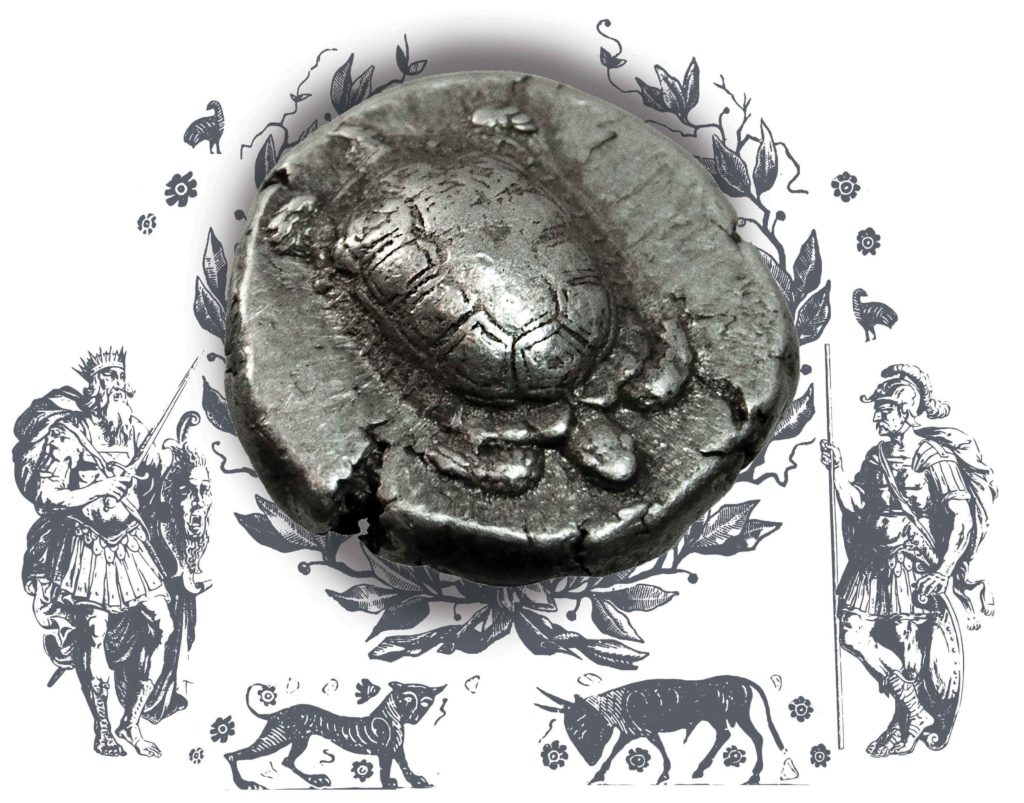
This has been seen by many as a result of the Athenian occupation of Aegina during the Peloponnesian War. The island was a significant power in the Aegean and had become wealthy through trade. The Athenians may have forced the change of design to show that Aegina was no longer a sea-faring power (the turtle) – instead confined to land (the tortoise).
In any case, the turtle and tortoise staters of Aegina are extremely popular today, thanks to their attractive and lifelike depictions of the reptiles, struck in high relief.
OTHER ITEMS FROM THIS PERIOD…
-
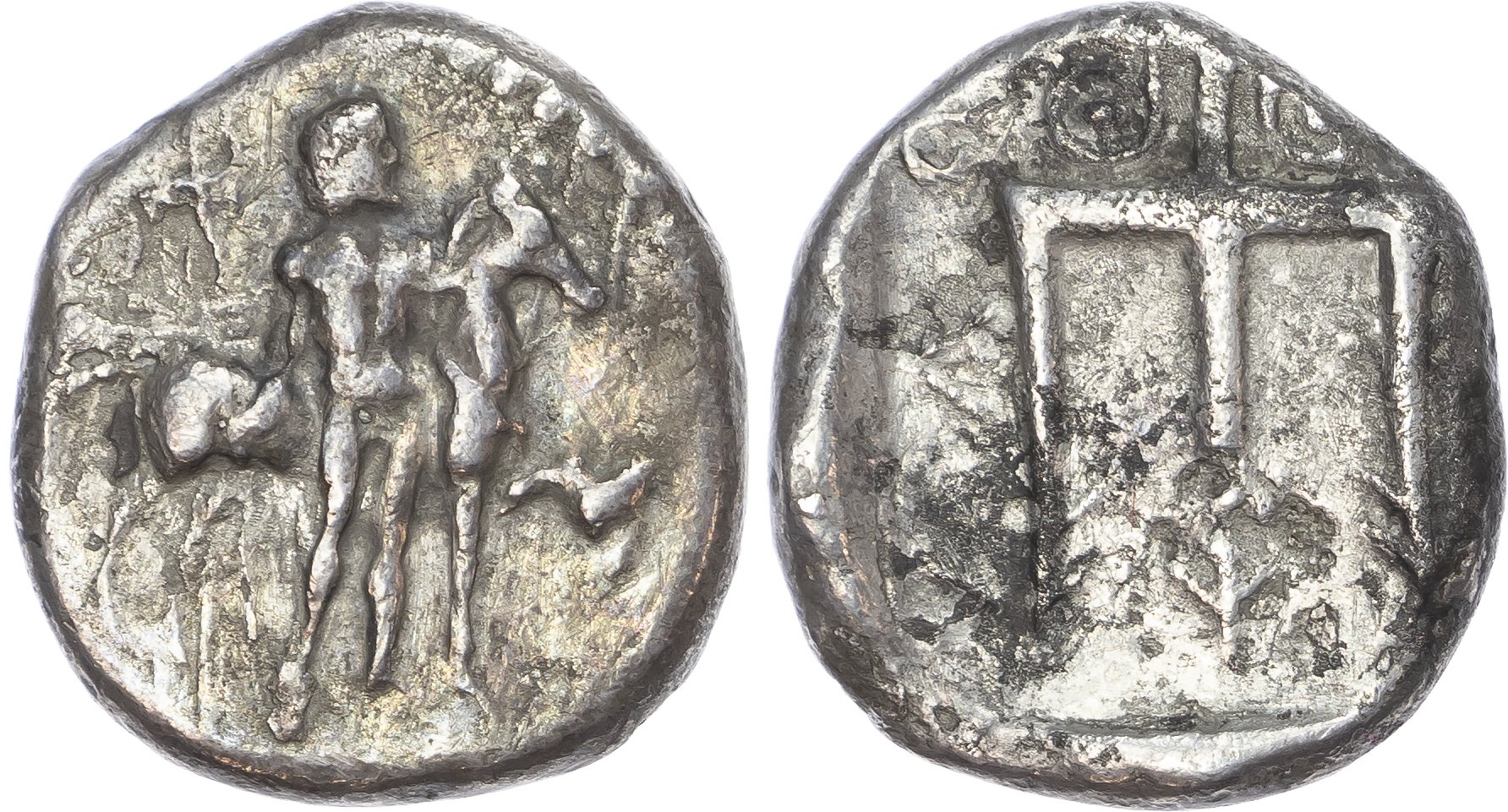 Rhaukos, Silver Stater£995.00
Rhaukos, Silver Stater£995.00 -
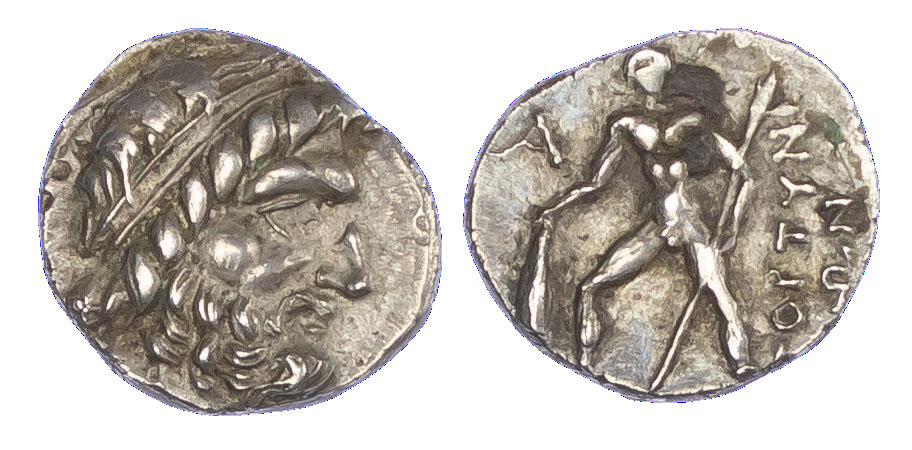 Crete, Gortyna, Silver Drachm£995.00
Crete, Gortyna, Silver Drachm£995.00 -
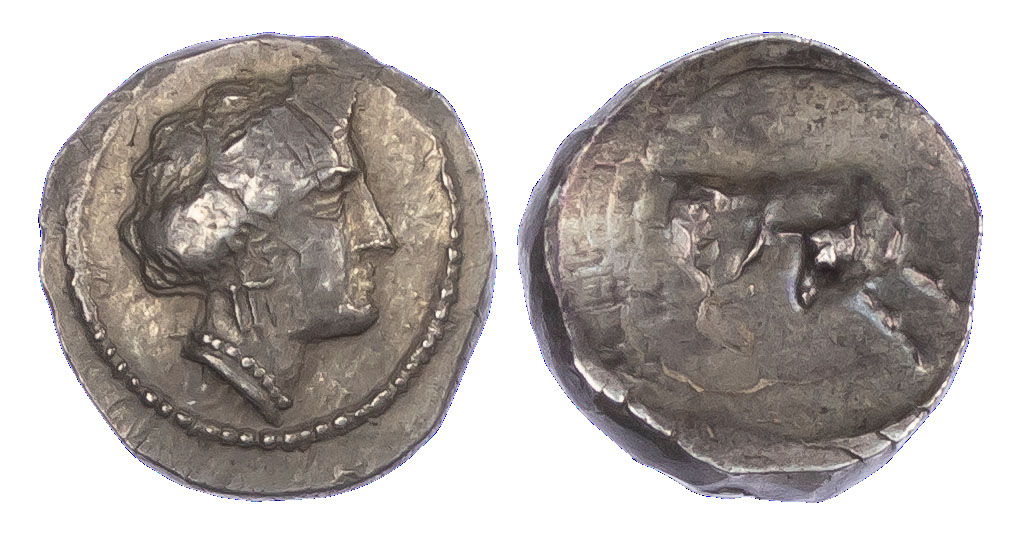 Crete, Gortyna, Silver Drachm£1,950.00
Crete, Gortyna, Silver Drachm£1,950.00 -
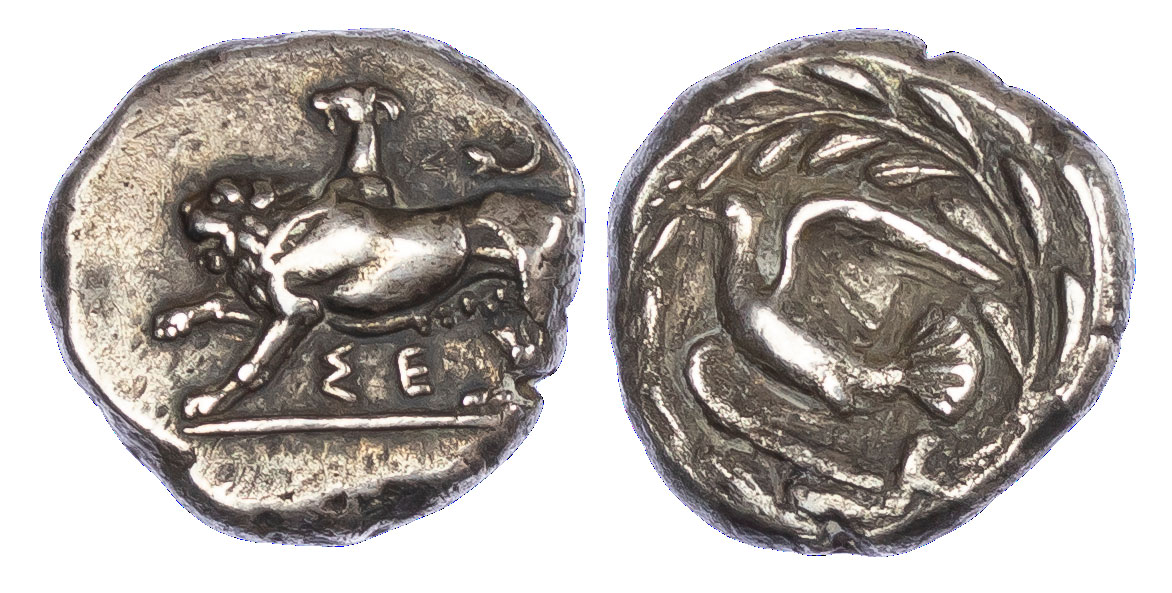 Sikyonia, Sikyon, Silver Stater£1,750.00
Sikyonia, Sikyon, Silver Stater£1,750.00 -
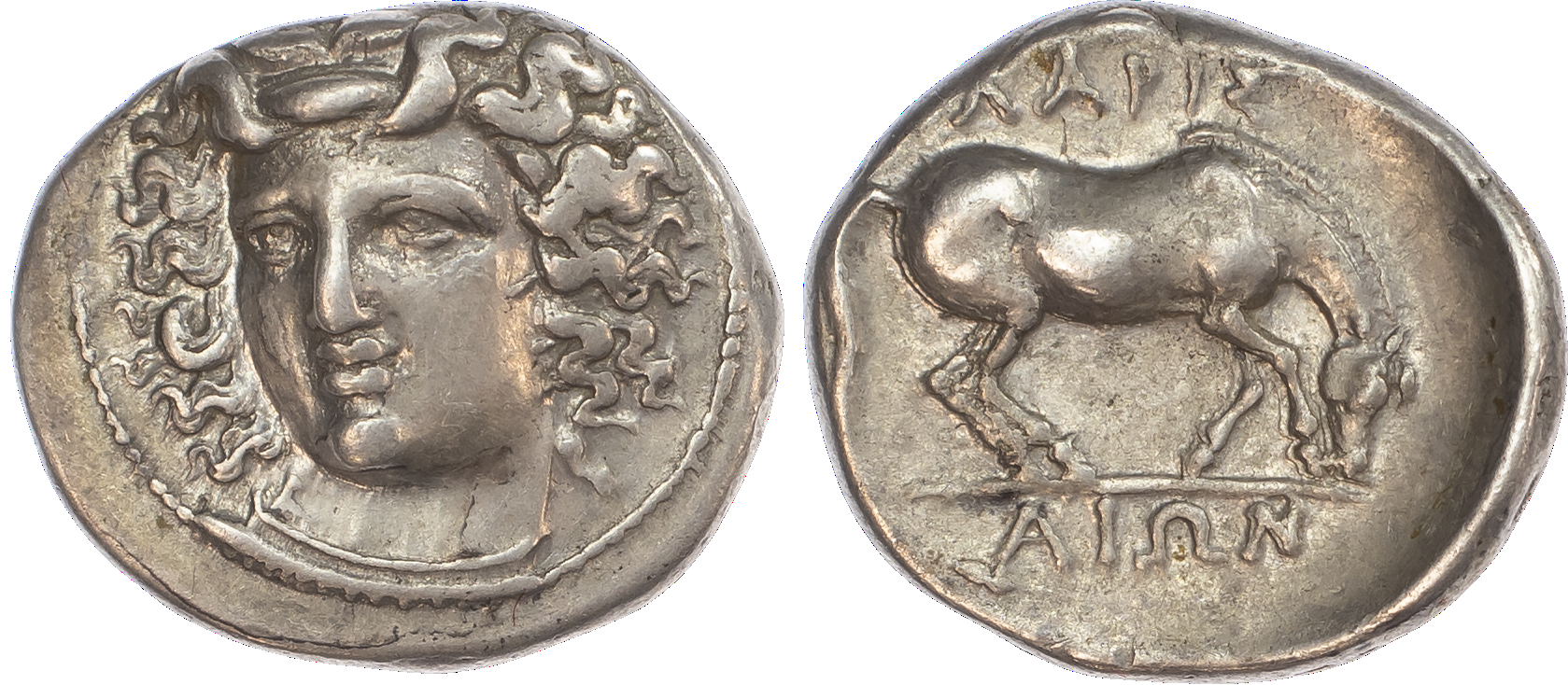 Larissa, Silver Drachm£1,400.00
Larissa, Silver Drachm£1,400.00 -
 Athens, Silver Drachm
Athens, Silver Drachm -
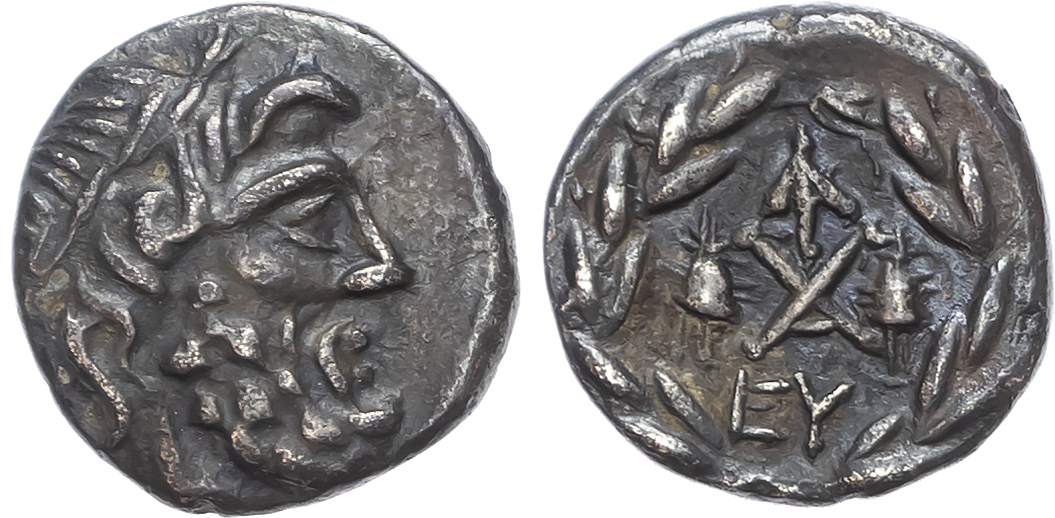 Sparta, Silver Triobol
Sparta, Silver Triobol -
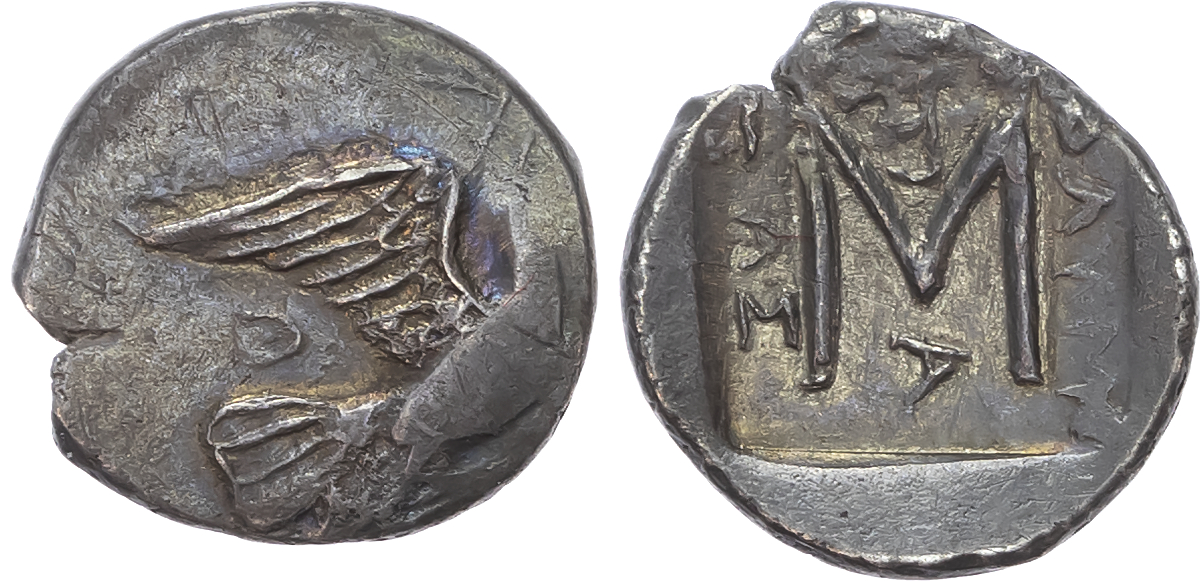 Sikyon, Silver Tetrobol
Sikyon, Silver Tetrobol -
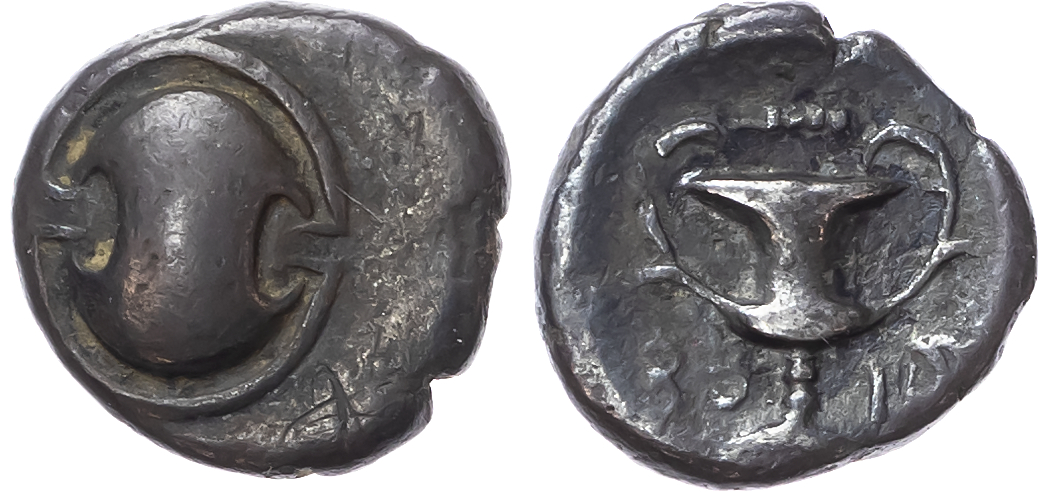 Thebes, Silver Hemidrachm
Thebes, Silver Hemidrachm -
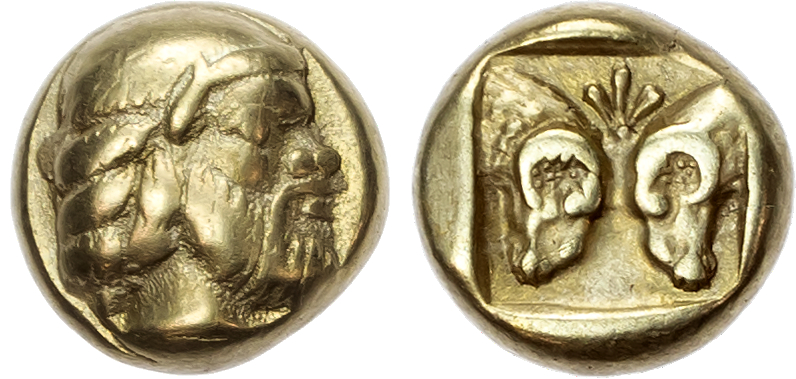 Lesbos, Electrum Hekte
Lesbos, Electrum Hekte -
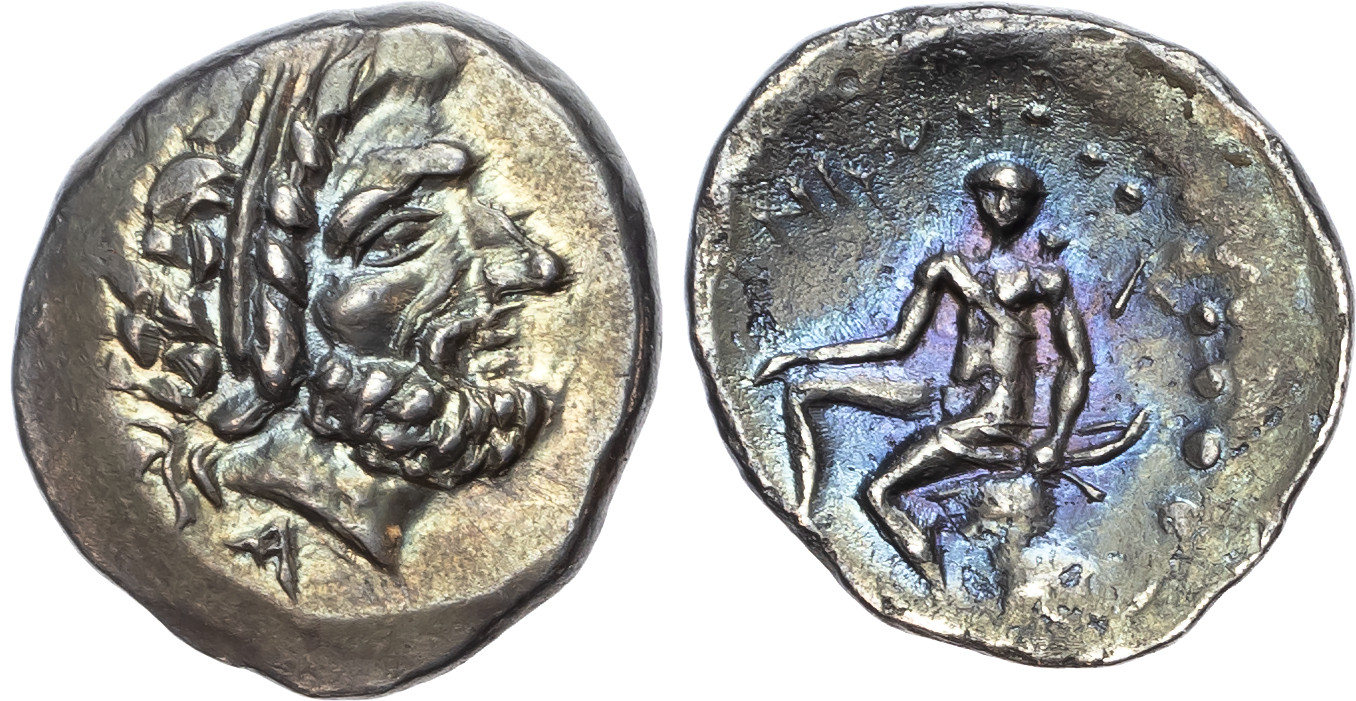 Crete, Gortyna, Silver Drachm
Crete, Gortyna, Silver Drachm -
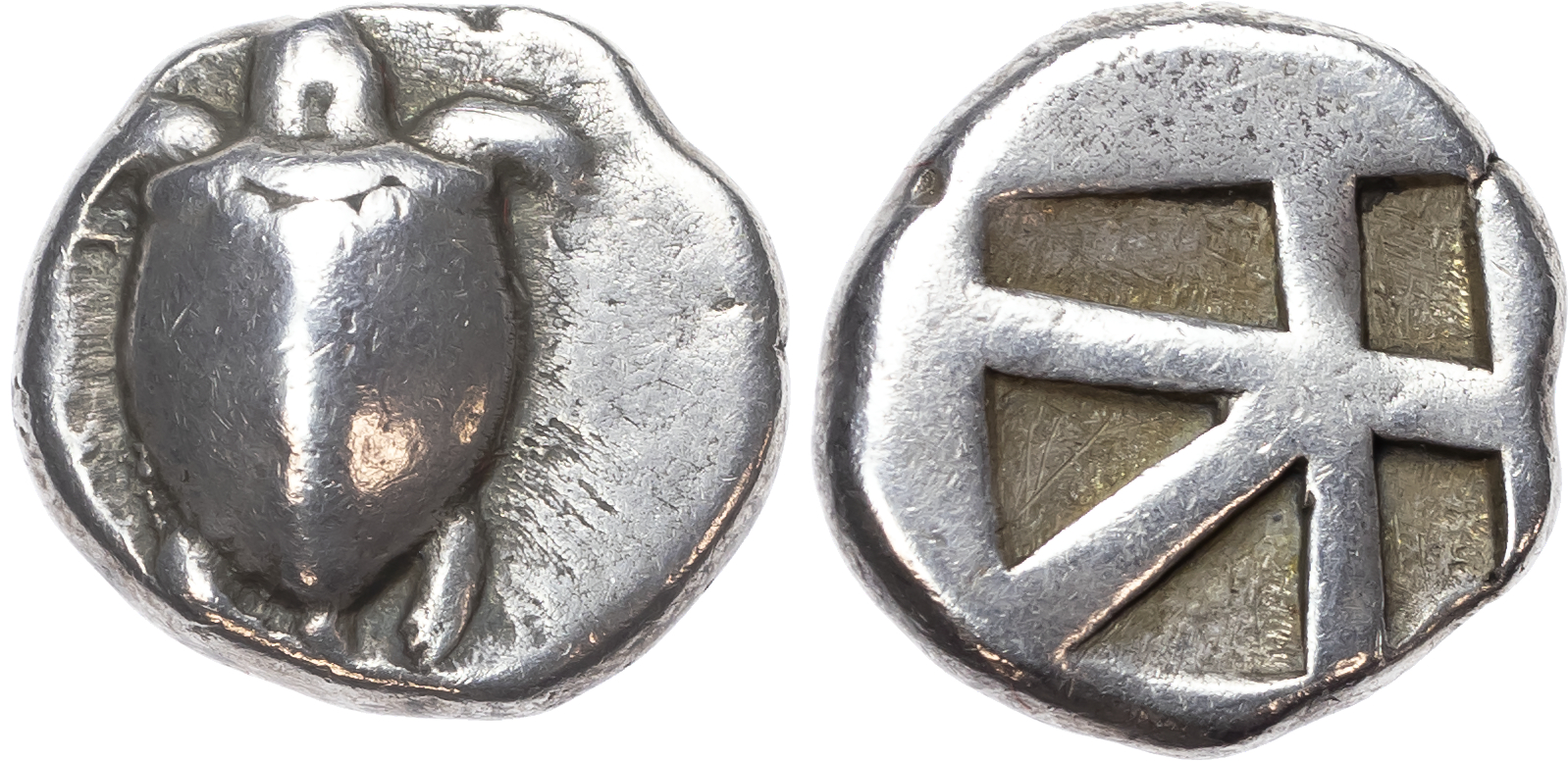 Aegina, Silver Stater
Aegina, Silver Stater
